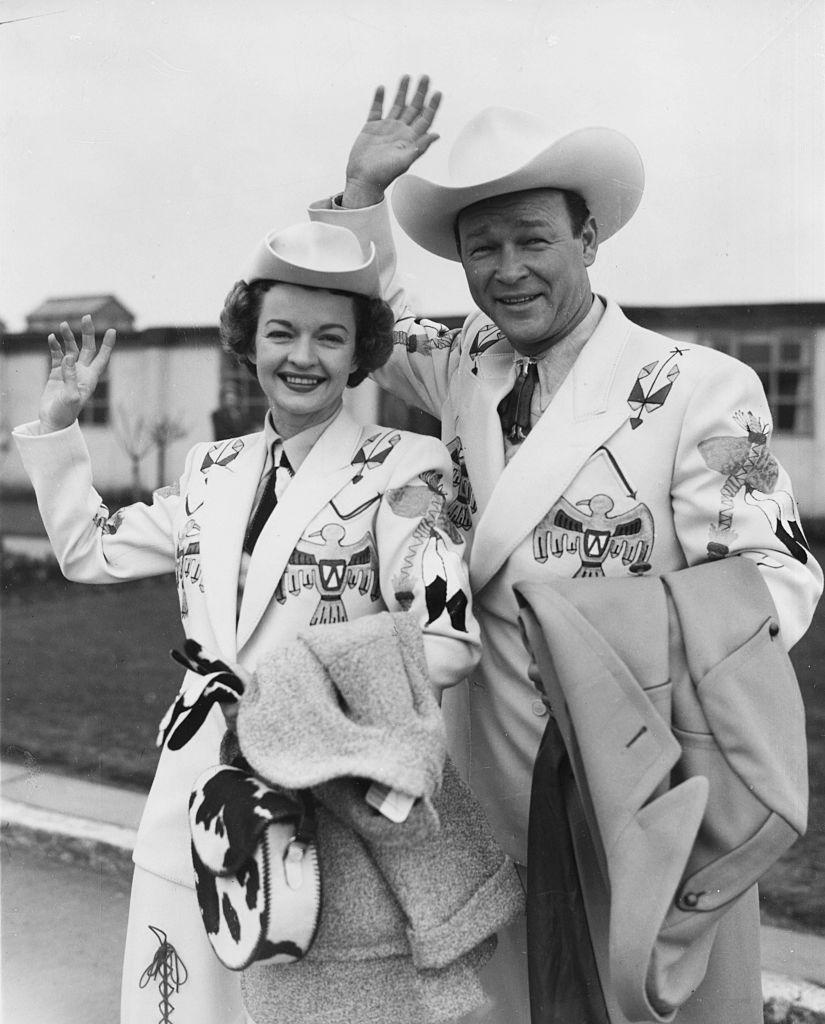Roy Rogers and Dale Evans lost a baby girl with Down syndrome in 1952, and the tragedy resonated through the rest of their lives. The Rogers-Evans household, however, was also transformed by compassion when the iconic couple decided to open up their home to four adopted children.

Dale Evans and Roy Rogers in "Wild West" costumes, waving as they arrive at London Airport on Feb. 10, 1954 ©Getty Images | Douglas Miller/Keystone




